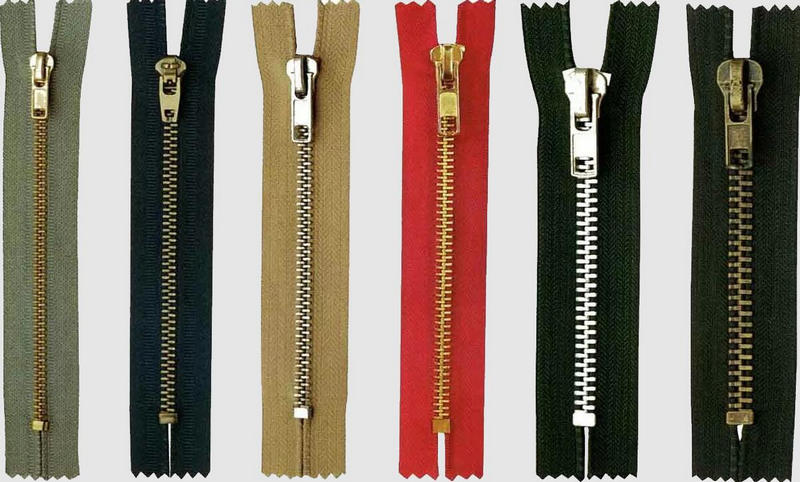How many kinds of tests are generally divided into the zipper fatigue tester?
The zipper fatigue tester is generally divided into the following tests:
1. Tensile test: The tensile test is one of the basic tests of the zipper fatigue test, which is used to test the tensile performance of the zipper. During the test, the zipper fixture is placed on the testing machine, and then one end of the zipper is fixed on the fixture, and the other end is connected to a load cell. The zipper is stretched by applying a load, and parameters such as tensile force and elongation are measured.

2. Buckling test: The buckling test is a test method for testing the buckling performance of zippers. During the test, place the zipper fixture on the testing machine, then apply a reciprocating tortuous load with a certain frequency and amplitude, and measure the deformation and fatigue life of the zipper during buckling.
3. Sliding test: Sliding test is a test method for testing the sliding performance of zippers. During the test, place the zipper fixture on the testing machine, and then apply a certain load to make the zipper slide back and forth on the fixture, and measure parameters such as sliding force and sliding distance.
4. Fatigue test: Fatigue test is a test method to test the durability and life of the zipper during use. During the test, the zipper fixture is placed on the testing machine, and then a certain load is applied reciprocatingly to simulate the reciprocating tension, buckling and sliding of the zipper during use, and to measure the fatigue life and failure modes of the zipper.
It should be noted that different types of zipper fatigue testers may have different test methods and parameter settings, and the specific test methods and applications need to be determined according to the test requirements and the operating manual of the tester.

